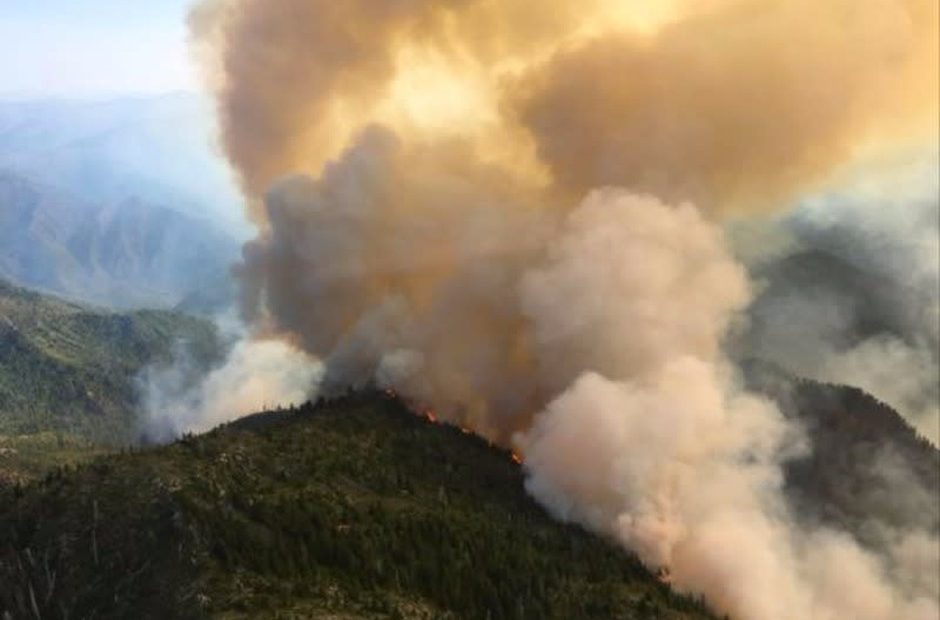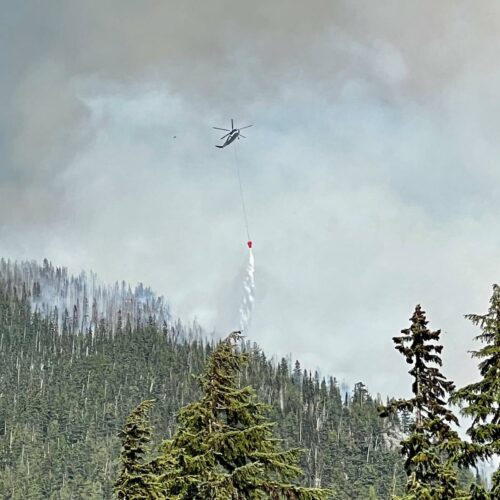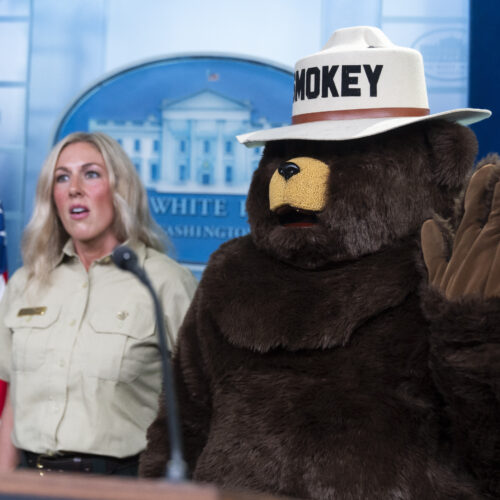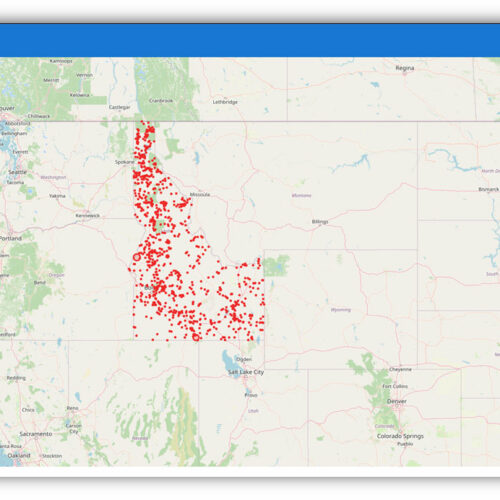
Big Wildfire Season And Summer Of Drought Await The Northwest
Federal officials anticipate a big wildfire season in the Northwest throughout July, August and possibly into September.
The latest forecasts show droughts throughout much of Oregon and Southeast Washington and the potential conditions for large fires if the region sees a week or longer stretch of hot and dry weather, according to the latest drought and climate outlook.
“If everything lines up with the dry condition and lightning, we could see an above-normal fire season across Oregon,” said Ed Delgado of the National Interagency Fire Center.
Current statistics show 53 large fires burning in 10 states, most of which are in Alaska. Oregon has four large active fires, including the Boxcar fire at nearly 96,000 acres near Maupin.
While officials say this season could surpass recent norms for fire activity, most western lands burn only a fraction of of their historic amounts.
Many decades of suppressing fires has built up an unnaturally high amounts of fuel for fires. Scientists say that now means more of the fires that escape suppression efforts are burning under extreme conditions.
This year, hot and dry weather combined with low snowpack and recent rainfall could all contribute to fire activity.
High snowpack levels throughout much of Western ranges were essentially neutralized by May weather that was hotter than normal, according to John Abatzoglou, an associate professor in the Department of Geography at the University of Idaho.
“Basically, about twice as much snow melted out as normal,” Abatzoglou said. “We saw record crests in a few river systems.”
Besides snowpack, Delgado said, recent rainfall could boost the growth of grasses, only for them to dry out later in summer and become fuel for wildfires.
Copyight 2018 Earthfix
Related Stories:

A new WA law aims to get air support on fires more quickly
In the past, if a local fire department needed to use air support from the state, crews had to go through multiple agencies before resources would be deployed. But with legislation that passed unanimously last session, they can now call the resources directly.
The legislation — House Bill 1498 — was called a success by the Washington State Department of Natural Resources. Crews kept most of the state’s fires under 10 acres with initial attack success from air support, according to the department.

Conservation icon Smokey Bear celebrates his 80th birthday
Smokey Bear visits the press briefing room of the White House. He is accompanied by Darci Drinkwater, of the U.S. Forest Service, on Tuesday in Washington, D.C. (Credit: Manuel Balce

An enhanced database helps predict wildfires
Researchers from Idaho and Oregon participated in research to improve the Fire Program Analysis Fire Occurrence Database, or FPA-FOD, which contains historical data on more than two million wildfires in the United States. These improvements might be the key to better predicting wildfires in the Northwest.
















